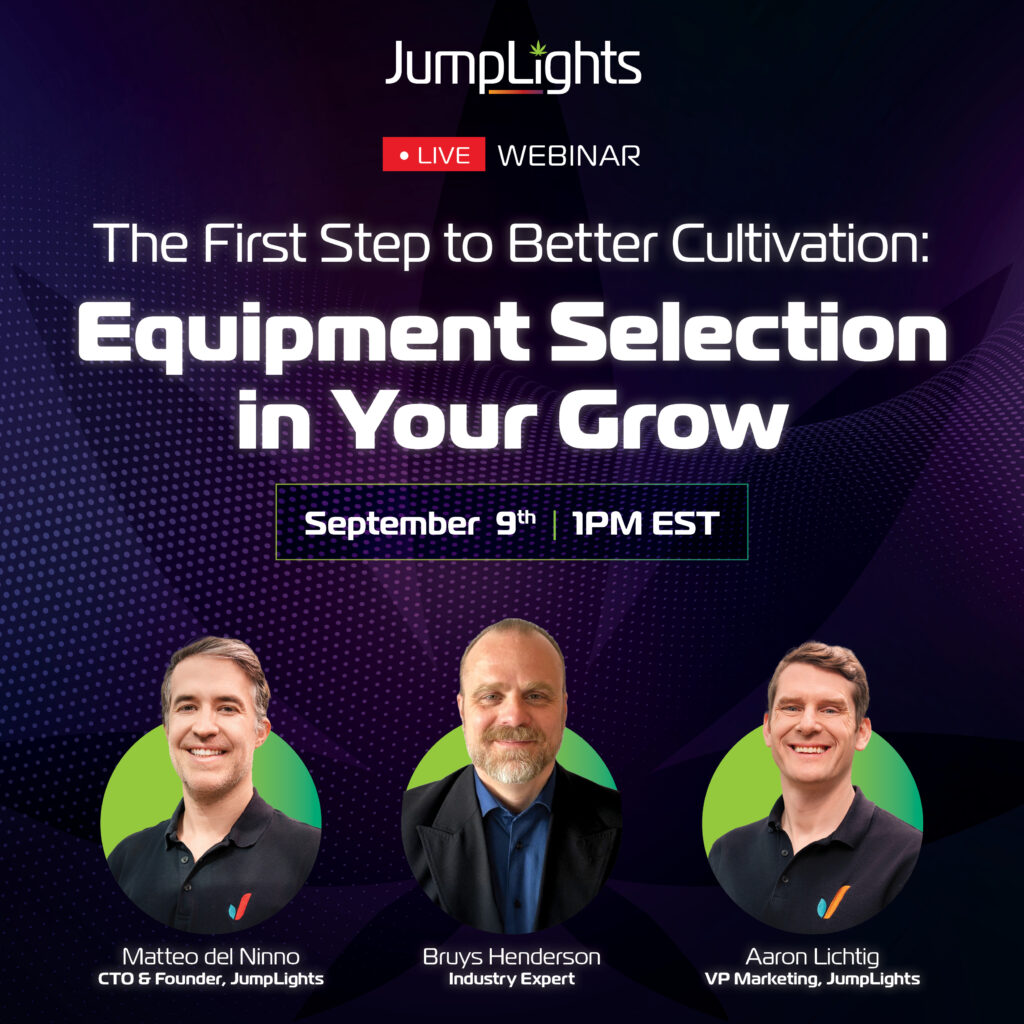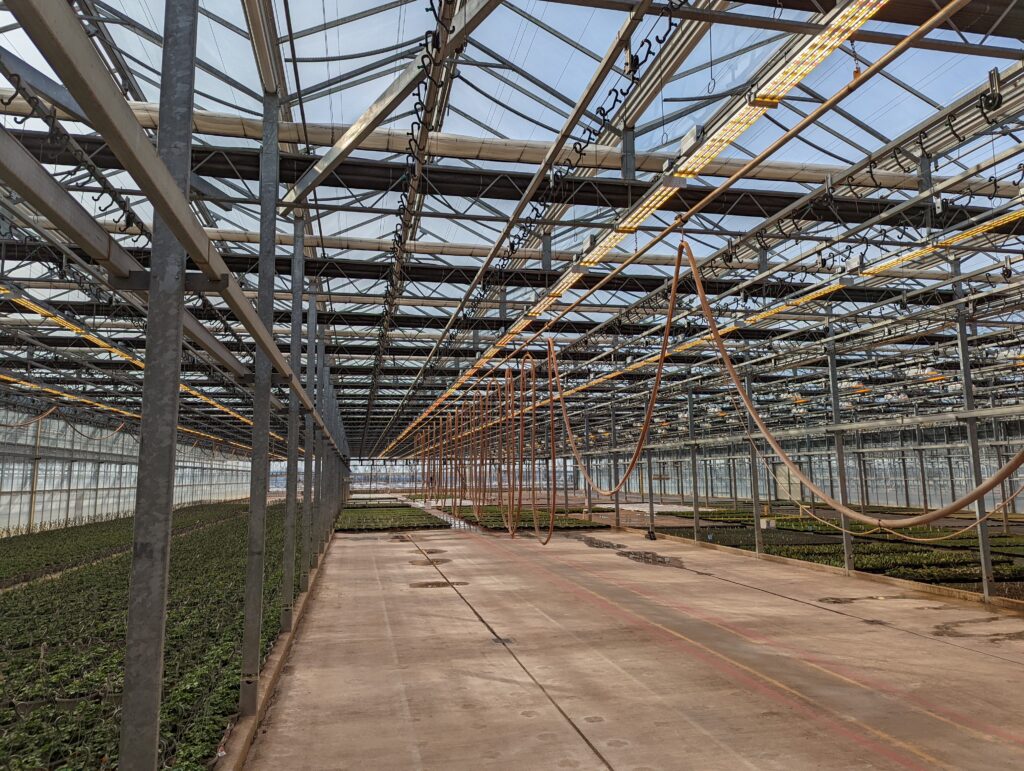
August 10, 2023
No horticulturalist enjoys wasting time making lighting calculations; the process is complex enough without that step. Fortunately, we’ve developed a DLI Calculator to help you determine the best lighting to use for your crops. But it’s always good to understand the process. In this blog, we’ll dive into it so you have a comprehensive understanding of supplemental lighting needs
For modern growers, supplemental lighting has revolutionized crop production, especially in regions with suboptimal solar radiation throughout the year. However, deciding when and how to incorporate supplemental lighting can be a complex task. In this guide, we offer a series of valuable resources and simple calculations to help you make well-informed decisions about the use of supplemental lighting in your greenhouse.

Step 1: Calculate Average Solar DLI for Your Location
Begin by assessing the average outside solar Daily Light Integral (DLI) for your location and darkest month, usually December or January. DLI represents the total photosynthetic radiation (PAR: 400 to 700 nm) falling on a 1-meter square area over a day (mol/m²/day). You can find this value from DLI websites such as the esri U.S Daily Light Integral Map, or the Worldwide DLI Interactive Map by SunTracker Technologies.
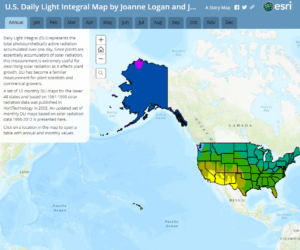
![]()
Step 2: Measure the Light Transmittance into the Greenhouse
Use a quantum light meter to determine the percentage of light that transmits from the outside to the inside of your greenhouse. The available light inside can range from 50% to 90% of the outside light, depending on the greenhouse material’s age and type. While material manufacturers often provide this information, it’s advisable to test the actual difference to account for other elements in the greenhouse that may shade light (e.g., structural components, equipment, hanging baskets).
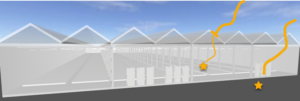
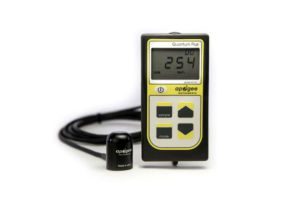
Step 3: Discover the Optimal DLI Requirement
Crop-specific DLI requirements can vary significantly. For most commercial crops and varieties, optimal and minimum DLI values are available on various websites and databases. Refer to these sources to find the ideal DLI for the crop you are growing or planning to cultivate.
Step 4: Calculate the Difference in Desired DLI
Now that you have determined the DLI inside your greenhouse (adjusted for light transmittance) and compared it to the optimal DLI required for your crops, it’s time to evaluate the results. If the current DLI matches the optimal DLI, congratulations! Your plants are receiving the necessary light for healthy growth. However, if the desired DLI exceeds the natural DLI inside your greenhouse, it’s time to consider implementing supplemental lighting.
Step 5: Determine the Optimal Supplemental Light Intensity and Photoperiod
This final step is the most crucial yet challenging one. Based on the information from Step 4, you now know how much additional accumulated light is needed. However, you must decide both the intensity and duration of the supplemental lighting. These two factors are inversely related to each other, meaning that choosing a lower light intensity requires a longer photoperiod, and vice versa. Here’s how DLI, photoperiod, and light intensity (PPFD) interact:
DLI (mol/m²/day) = PPFD (µmol/m²/s) * Photoperiod (in hours) * 60 * 60 / 1,000,000
Having trouble with this step? Allow our DLI Calculator to help!
Most growers prefer to select the longest possible photoperiod suitable for their crop and then calculate the required light intensity. Below, you’ll find an example illustrating how this calculation is performed.
Example: Suppose your greenhouse is growing lettuce in Woodburn, OR.
- According to the “U.S. Daily Light Integral Map” the average solar radiation DLI drops to as low as 5 mol/m²/day in the winter months in Woodburn, OR, as seen in this chart for the month of December.
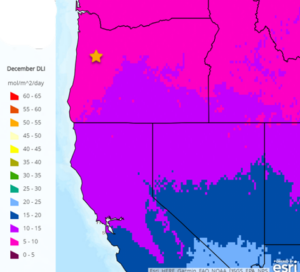
- Using a light meter, let’s assume after measuring the light both inside and outside it was determined that the transmittance is 80%. This means that in the winter you can expect around 4 mol/m²/day DLI inside the greenhouse.
- The optimal DLI for lettuce is 17 mol/m²/day, meaning the greenhouse needs an additional 13 mol/m²/day to meet the optimal DLI for your crop.
- You decide to use a photoperiod of 16 hours for your supplemental lighting. Now, you must calculate the required light intensity (PPFD) to achieve the desired additional 13 mol/m²/day. Supplemental DLI = 13 mol/m²/day Photoperiod (hours) = 16Using the formula: PPFD (µmol/m²/s) = (DLI * 1,000,000) / (Photoperiod * 60 * 60)PPFD = (13 * 1,000,000) / (16 * 60 * 60) ≈ 226 µmol/m²/s.In this example, to achieve the desired DLI from supplemental lighting of 13 mol/m²/day during a 16-hour photoperiod, you would need a supplemental light intensity of approximately 226 µmol/m²/s.
Step 6: Choose the Ideal Lighting System
In Step 5, we showed you how to calculate the required light intensity (PPFD) based on the photoperiod and target Daily Light Integral (DLI) for your crops. With this information, you are much closer to determining how many light fixtures are needed for your greenhouse.
Yet, the quest for the ideal lighting system doesn’t end here. The efficiency, light quality, spectrum, and light uniformity are all critical factors to consider when selecting your lighting system.
For example, achieving uniform light distribution in your greenhouse is not as straightforward as placing fixtures evenly throughout the space. Certain sections such as aisle ways or near walls will not need the same density of light, and the height of your greenhouse, along with truss locations, can affect the arrangement of fixtures. Thus, ensuring high light uniformity requires careful photometric planning.
Moreover, light intensity alone doesn’t define the quality of light. The spectrum of light, including specific wavelengths and the timing of their delivery, plays a crucial role in plant growth and development. Check out several JumpLight articles and AppNotes which demonstrate how light quality impacts plant outcomes significantly.
To ensure the best lighting solution tailored to your greenhouse, it is highly recommended to request a custom light map for your specific space. This light map will help determine the optimal fixtures, spacing, and spectrum, creating an environment where your plants can truly thrive and flourish.
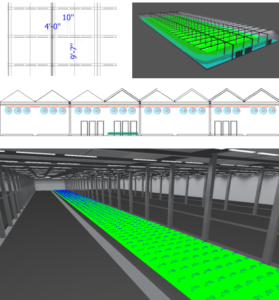
Download our lettuce application note for additional information regarding supplemental lighting and the JumpLights Prism ETS system.
Contact us today to provide us with essential information, enabling our experts to design a custom lighting plan that meets the unique needs of your greenhouse and guarantees successful crop cultivation. With the right calculations and lighting system in place, you can maximize productivity and achieve exceptional plant growth and quality.





